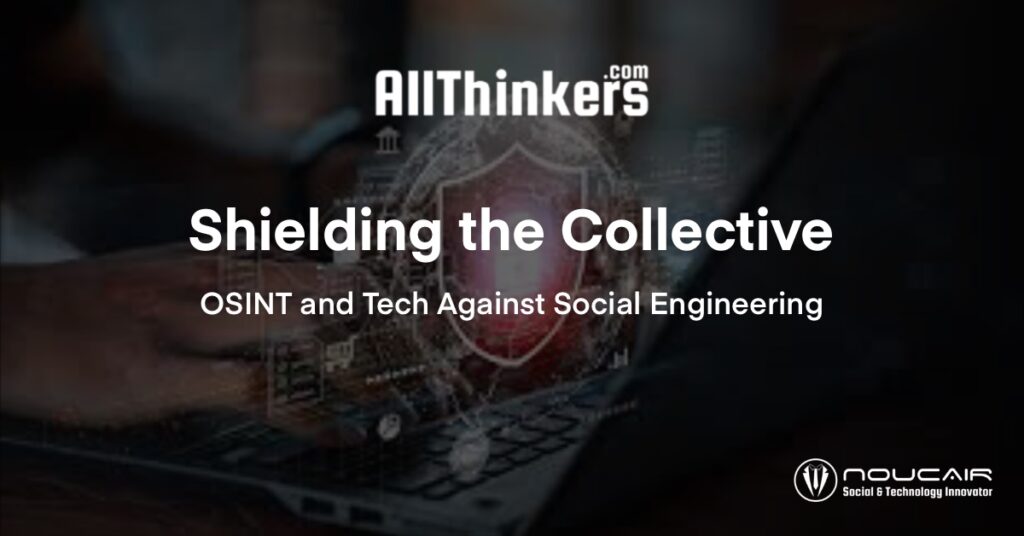OSINT and Tech Against Social Engineering
Introduction: The Rise of Social Engineering
Imagine receiving an email that perfectly mimics your bank, urging you to update your account details due to a “security breach.” Or perhaps a friendly call from “tech support” asking for remote access to your computer to fix a “critical error.” These are just glimpses into the sophisticated world of social engineering, where manipulation replaces malware. Unlike traditional cyberattacks, social engineering exploits human psychology, making it a particularly insidious threat. The consequences can be devastating, ranging from financial loss and identity theft to the erosion of trust within communities. By understanding these tactics and utilizing OSINT tools, we can empower individuals and communities to build resilience against manipulation and protect our collective intelligence.
The Tactics of Social Engineering
Social engineers are masters of deception, employing a variety of tactics to manipulate their targets. Phishing and pretexting involve crafting believable scenarios to trick victims into divulging sensitive information. Baiting and quid pro quo exploit our desire for rewards or favors. Tailgating and impersonation grant physical access to restricted areas. And perhaps most alarmingly, emotional manipulation leverages fear, urgency, or even sympathy to bypass our rational defenses.
OSINT: The First Line of Defense
Open-Source Intelligence (OSINT) provides a crucial advantage in the fight against social engineering. It involves gathering and analyzing publicly available information to identify potential threats. The OSINT framework offers a comprehensive collection of tools and techniques for this purpose. Shodan, for example, allows us to discover vulnerable devices connected to the internet, while Maltego helps visualize relationships and uncover hidden connections between individuals and organizations. Other valuable OSINT tools include search engines, social media analysis platforms, and data visualization software. It’s important to note that using OSINT must always be done ethically and legally, respecting privacy and adhering to regulations.
Building Collective Intelligence Against Manipulation
Awareness and education are paramount. Equipping individuals and communities with knowledge of social engineering tactics is the first step in building a strong defense. Developing critical thinking and skepticism allows us to question suspicious requests and verify information from multiple sources. Creating systems for community reporting and collaboration enables us to share information about potential threats and warn others. Furthermore, OSINT can be used proactively to identify and mitigate vulnerabilities before they are exploited.
Case Studies: Real-World Applications
OSINT has played a crucial role in numerous investigations involving social engineering. For instance, law enforcement agencies have used OSINT tools to track down perpetrators of phishing scams and identify individuals involved in online fraud. In another instance, a cybersecurity firm used OSINT to discover a network of fake social media profiles being used to spread disinformation and manipulate public opinion. These examples highlight the power of OSINT in preventing and mitigating the impact of social engineering attacks.
Conclusion: Empowering the Informed Citizen
The fight against social engineering requires a collective effort. By empowering citizens with knowledge of OSINT tools and techniques, we can create a more secure and informed society. Let us embrace the power of open-source intelligence and build a community that is resilient to manipulation. The informed citizen is the best defense against those who seek to deceive and exploit


